An extraordinary 500-piece ode to Rei Kawakubo lands in Paris — and she’s not done rewriting fashion yet.
- Pakhi (Rajesh Kumar Dixit)
In the frenzied blur of Paris Fashion Week, one event is poised to steal the spotlight from even the most extravagant runway sets and couture histrionics. On October 1st, 2025, at 2 PM, PIASA, the revered Right Bank auction house, will stage a landmark event: “Rei Kawakubo & Comme des Garçons, 1969–1999” — a 500-lot pilgrimage through thirty years of fashion’s most radical mind.
This isn’t a retrospective. It’s a reckoning.
Timed with the precision of a Yohji seam, the auction unfolds inside PIASA’s 18th-century building on 118 rue du Faubourg Saint-Honoré, nestled within Paris’ Golden Triangle — a zip code so posh it practically irons itself. But don’t let the velvet ropes fool you. This sale is pure punk.
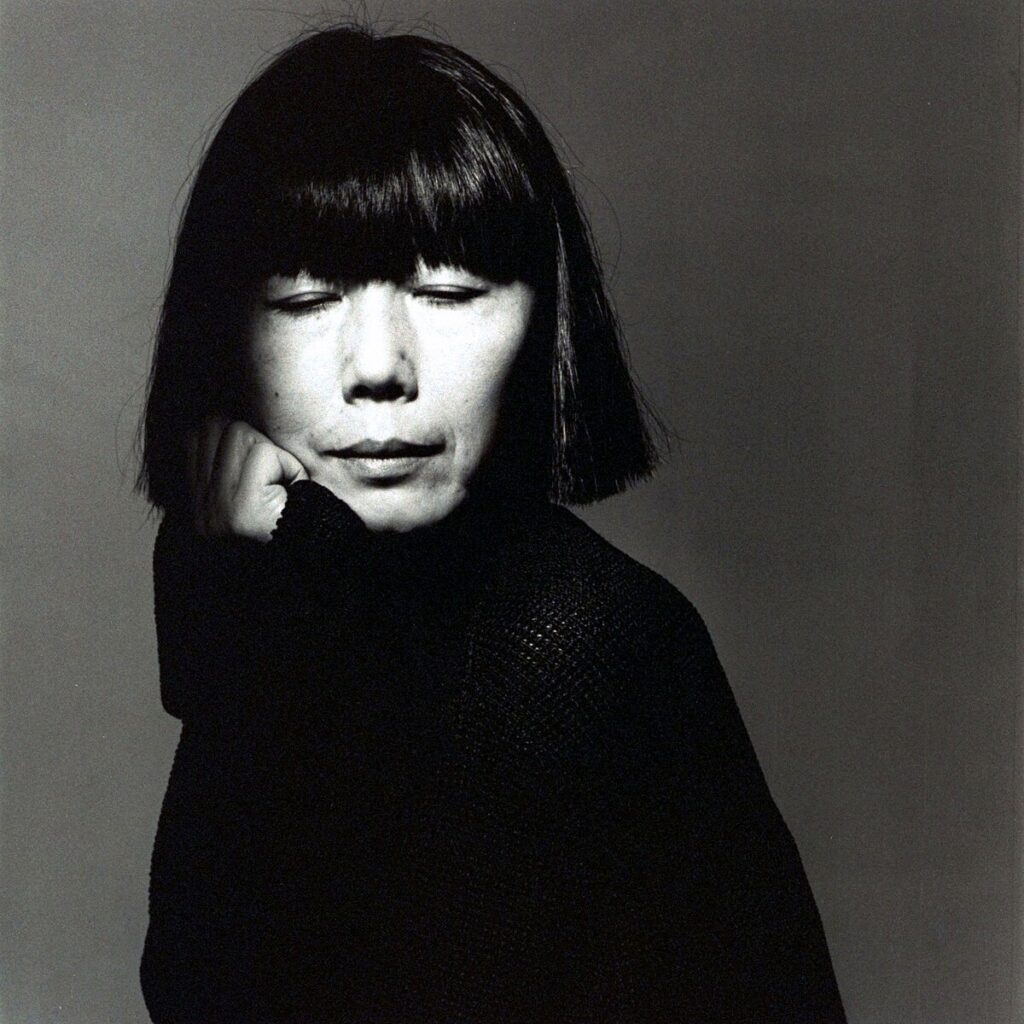
From Pirates to “Lumps and Bumps”
The lots — gathered with near-religious fervour by Japanese collector and design auctioneer Hiroaki Narita — span Rei Kawakubo’s myth-making decades. The sale reads like a greatest hits album for the avant-garde: the subversive Noir (1988), the spectral Metamorphosis (1994), and the bulbous, body-warping Body Meets Dress, Dress Meets Body (1997).
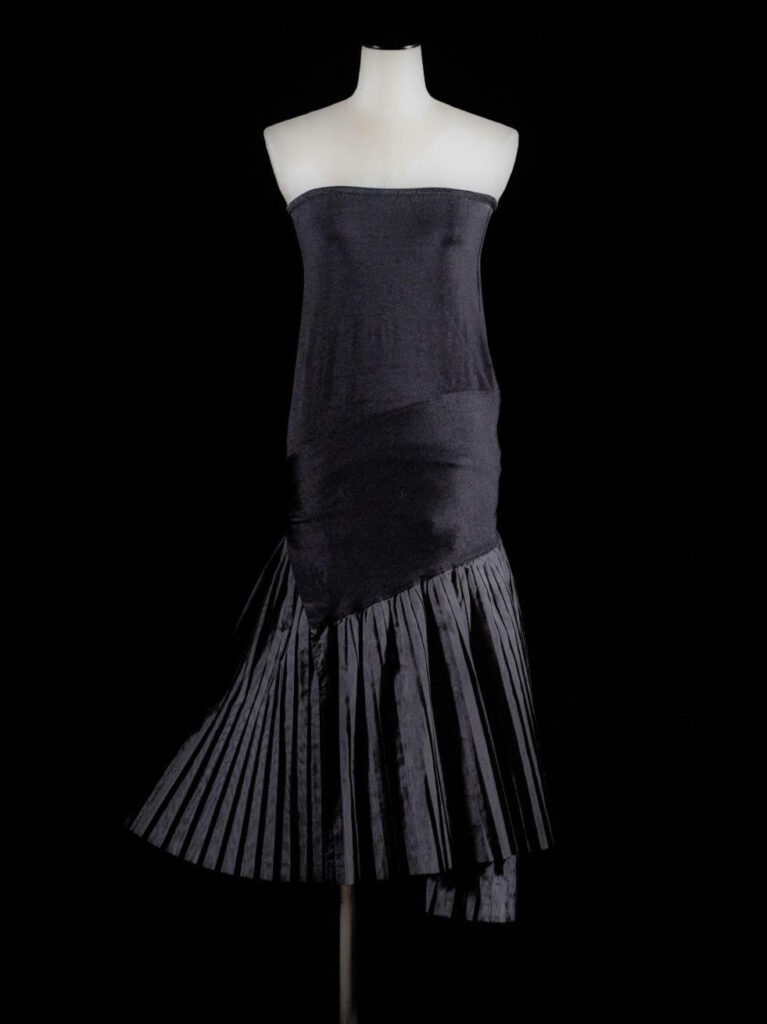
Yes, those dresses. The ones fashion writers once likened to “tumours with a price tag” — garments that dared to ask: what if clothes didn’t flatter you at all?
Auction Highlights:


- Body Meets Dress, Dress Meets Body (1997): A puffed pink gingham nylon organdie dress with interior wadding — one of Kawakubo’s most iconic silhouettes. Estimate: €1,200–€1,800
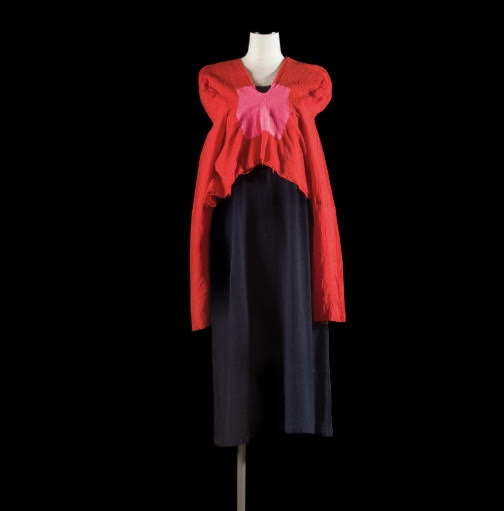
- Metamorphosis (1994): A sculptural long dress in grey silk taffeta, with wings on the back and pleats that resemble bone structures. Estimate: €600–€800
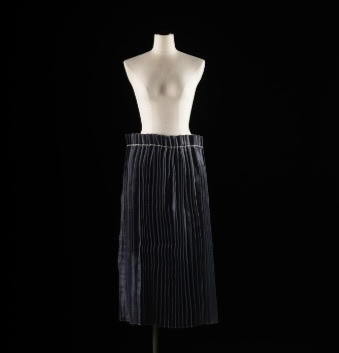
- Clustering Beauty (1998): An exceptional draped evening dress in gold mesh, adorned with suspended threads and deconstructed floral appliqué. Estimate: €2,000–€3,000
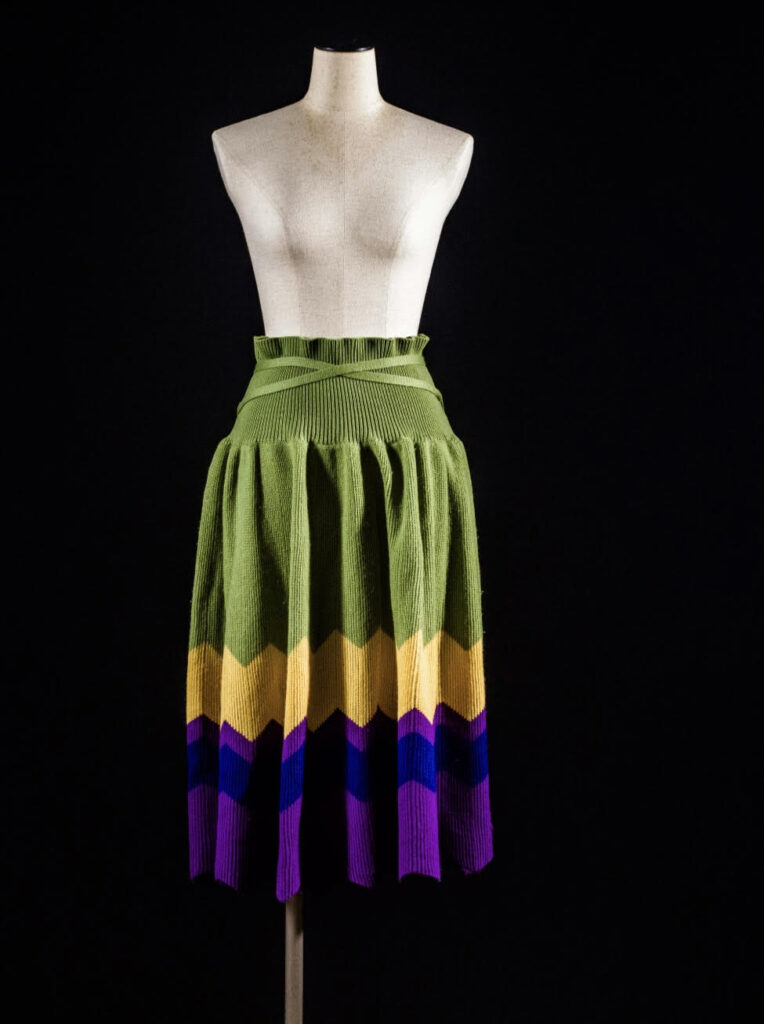
- Liberation from Tailoring (1989): A black wool jacket asymmetrically cut with a dramatically unfinished hem — a signature anti-suit. Estimate: €250–€350

- Flowering Clothes (1998): A rare exploded tulip skirt in padded nylon, printed with baroque floral patterns in crimson and teal. Estimate: up to €3,000
There are no handbags shaped like muffins here. This is cerebral clothing — designed to provoke, not please.
Fashion’s Favourite Contrarian
Kawakubo founded Comme des Garçons in Tokyo in 1969 — the name plucked, with a knowing wink, from the Françoise Hardy hit “Tous les garçons et les filles.” Romance, it turns out, was the last thing on her mind.
After a decade dominating the Japanese avant-garde, she made her Paris debut in 1981 and caused a minor scandal. Her black-on-black, hole-ridden designs were accused of everything from ugliness to blasphemy. The press didn’t so much review the collection as stage a polite revolt. Now, of course, we call it visionary.
Since then, she has blurred the boundaries between haute couture and conceptual art, influencing everyone from Raf Simons to Kanye West — all while maintaining total creative control. To this day, the Comme des Garçons empire is 100% independently owned by Kawakubo and her partner Adrian Joffe. No conglomerates. No compromises.
From opening Dover Street Market to collaborating with Nike, Gucci, and H&M (yes, she bent the rules, not broke them), Kawakubo proved you could be radical and commercial, disruptive and profitable.
A Family Affair
And what of the man behind this time capsule of chaos? Hiroaki Narita, born in 1974, is more than just a fan. He’s a specialist, a design auctioneer, and the founder of Japan’s first auction house devoted solely to design. He spent over a decade sourcing this collection across Japan — one sample sale at a time.
Even better: the visual documentation for the auction was created entirely by his 15-year-old son, Simon Narita — a digital photography whiz with a cinematic eye. Simon’s images imbue the catalogue with an eerie energy: like the garments are thinking.
It’s a collector’s dream wrapped in a family memoir.
Come Touch the Revolution
Before the gavel falls, PIASA is staging a public exhibition from September 26–30 — a chance for the public to brush up against history (and maybe brush lint off a Clustering Beauty coat).
🗓️ Preview Timings:
- Sept 26 & 29: 10 AM–6 PM
- Sept 27: 11 AM–6 PM
- Sept 28: 2 PM–6 PM
One imagines editors, archivists, and the occasional superfan queuing quietly, clutching lattes, making silent vows to outbid each other come auction day.
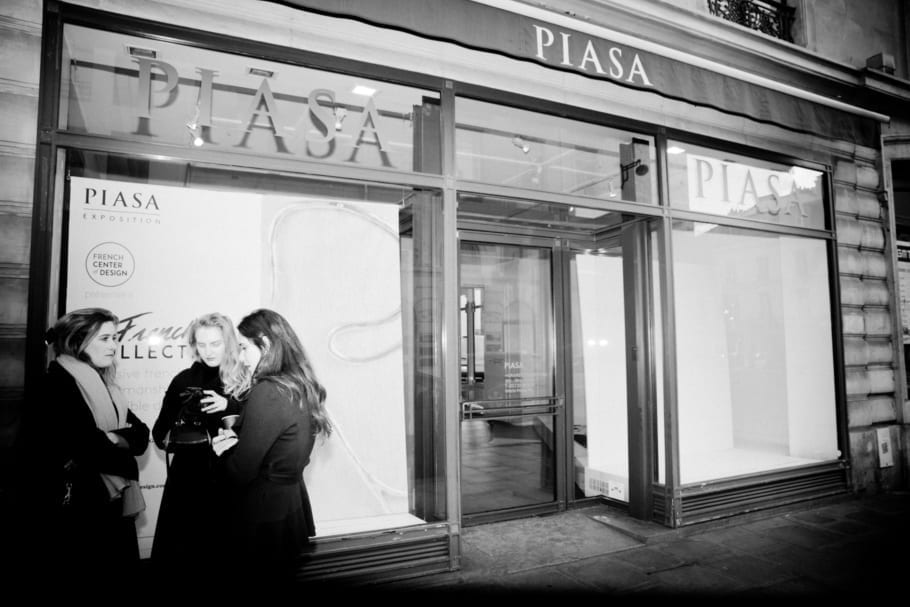
PIASA: Where Couture Meets the Gavel
The host, PIASA, is no stranger to curation as theatre. Founded in 1996, the auction house has become known for blending 20th–21st century design, jewellery, and art into something that feels less like a transaction and more like cultural stewardship. Its catalogues read like manifestos, and its location — an 18th-century jewel of a building — adds a certain pomp to the performance.
With this auction, PIASA doesn’t just validate Kawakubo’s legacy — it monetises it with reverence.
Kawakubo, Still Unfinished
At 82, Rei Kawakubo is still very much alive, designing, and gloriously uncompromising. But if fashion had a hall of saints, this sale is the incense.
To wear Comme is to enter a philosophical argument with your own reflection. This auction is your chance to join the conversation — or at least own a piece of it.
Because in a world obsessed with the algorithmic, Rei Kawakubo remains defiantly unscannable.

